You wouldn't generally expect to find the sweet smell of woodland soil in a greenhouse, and yet there are some growers with such a sweet-smelling, well-functioning soil. Remarkably enough mainly abroad, while the worms they use for it regularly come specially from the Netherlands. Mark Thur of Megrow knows all about it. He is a vermiculturist and gives advice on the use of worms for good soil.
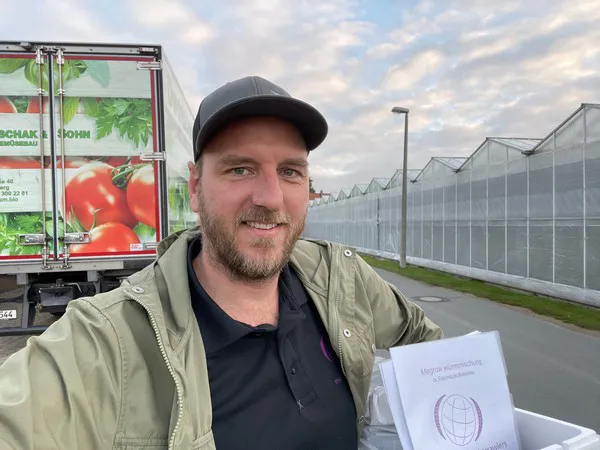
Mark started at Megrow four years ago. Megrow is the consultancy of The Dutch Nightcrawlers in Almkerk. Some growers found the farm on their own, which produces many worms for fishing, in their search for worms for better soil. However, most growers still make little use of worms. "Even organic growers sometimes lack the right knowledge. They know that worms are important, but they are still too quickly satisfied as soon as they see them."
Problem solvers
Mark can often tell what the (cultivation) problem is for the growers simply from their question. "What I often hear is a problem in the corner of the greenhouse where the water is retained. Growers then look for a way to make the water penetrate into the soil better. They then turn to worms to dig little channels for drainage.
At such times, the worm serves a mechanical purpose, as Mark calls it. "You can see the same thing now on the Museumplein in Amsterdam, for example. All the ME vans and water cannons that drive over the grass there cause soil compaction. We place worms to solve that issue."
He also receives questions about using worms for chemical purposes. For example, when compost or magnesium has been spread. "The grower wants the nutrients and magnesium to reach the roots properly, and also opt for worms to achieve this."
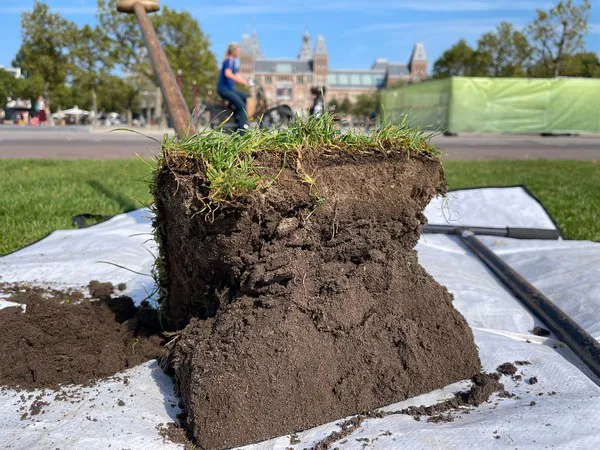
Deployment of worms against soil compaction at Amsterdam's Museumplein
Vermicompost
Worm experts classify worms into three groups. These are worms that live in the litter layer on top of the soil, worms that move horizontally in the upper 60 centimeters and the third group consists of worms that make vertical passages and move from ground level to groundwater. The worms that help growers with the above problems are in groups 2 and 3.
The worms of the first group are the most easily noticed because they move in the upper layer of the soil and lay their eggs there. The humus that worms make is called vermicompost. It is a non-animal form of manure that does not release nitrogen and contains all the useful nutrients that are completely absorbable by plants. "It's a long-acting organic soil improver."
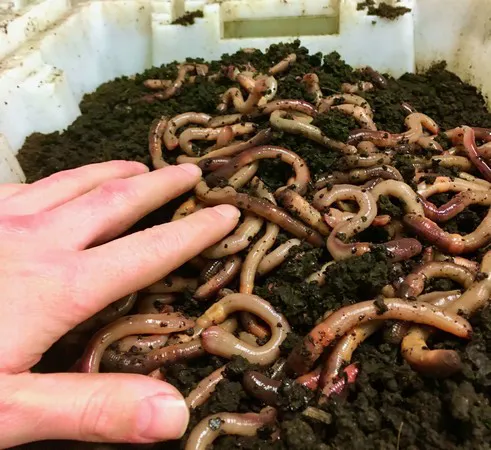
In the cultivation of medicinal cannabis in the United States, the compost form has already been discovered by growers. Here, less so. "Why it has caught on there, I don't know. Perhaps with the arrival of cultivation in Europe, the popularity of vermicompost will also increase here."
Vanguard
Mark is a great advocate of a permanent worm population in soils. For this, a mix of the three groups of worms is important. "I still find a lot of soils without worms, and if I do find worms in the greenhouse, it's often worms from group 1. Worms from groups 2 and 3 are often missing. The growers who do work with worms, use them for a permanent in-house production of vermicompost. In ornamental plant cultivation, for example, there are already growers who deliberately leave their pruning waste on the soil so that the worms can make vermicompost from it. A few organic greenhouse vegetable growers have also reached this stage, as have some consultants who also provide international advice. However, they are still the vanguard."
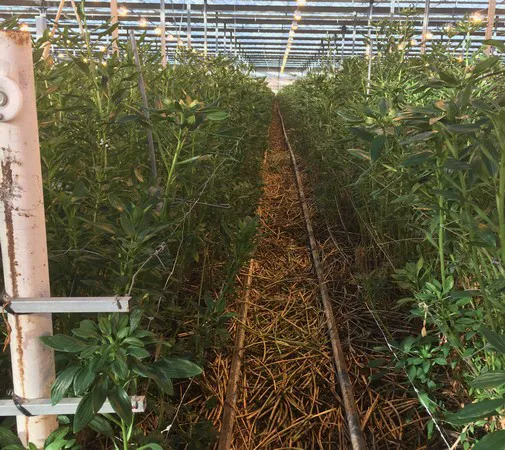
Post-steaming package and permanent populations
When Mark started four years ago, he was still new to worms himself. He had made nature documentaries and had been a gardener. "But as soon as I came into contact with the worm farm, I decided to take up the gauntlet and start working on making the worm better known for its role in soil structure. It turned out that the nursery already had a separate bloodline for worms bred specifically for soil structure improvement. However, for a long time they were only used sparingly in practice."
In the greenhouse, things are getting better and better. Suppliers of horticultural products now even include the worms in their product range. "There are a few standard mixes on offer. In time, I would like to add a post-steaming package. At the moment, a large part of the population dies after each round of steaming and a grower then needs new worms. Soil steaming will be forbidden in the near future. The worms needed to build up a permanent population will be added to the post-steaming package. That usually takes about 24 weeks."
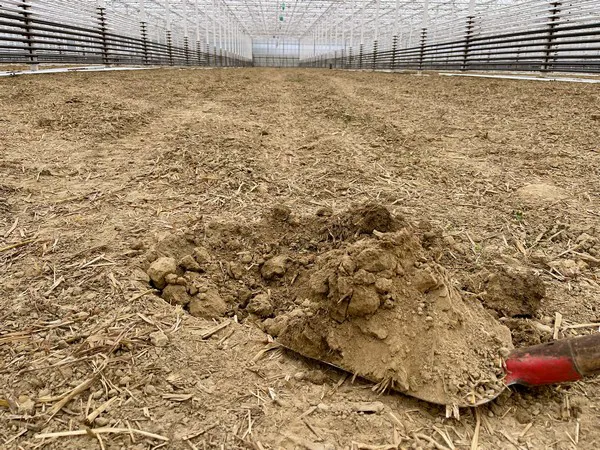
Mark keeps track of all permanent worm populations known to him on a map. "My goal is to regenerate as many agricultural soils as possible." He also has a dot on the horizon. "I would like it if, in the long run, the knowledge is so widespread that I can take a step back. When I started, I asked a lot of scientists questions. Nowadays they also ask them back. The time is ripe for growth."
For more information:
Mark Thur
Megrow
+31 (0) 6-48939814
mark@megrow.nl
www.megrow.nl
